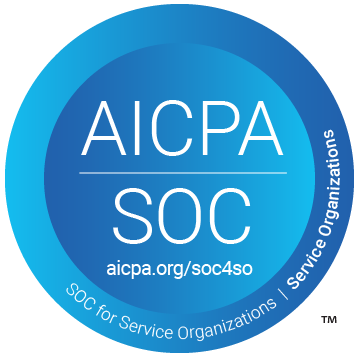An appealing employee value proposition (EVP) can help your company attract and retain top talent.
Employee Value Proposition (EVP)
An effective EVP emphasizes specific features that make your workplace attractive, compared with other employers. The EVP should reflect your values, mission and purpose, and what they mean for employees.

What is an employee value proposition (EVP)?
An EVP is a statement that tells employees what they get from an employer in return for helping the organization succeed. A successful EVP is honest. It considers your strengths, challenges and weaknesses as an employer. It also shapes the employee experience that’s delivered.
An EVP should express what your organization aspires to be, but it must be grounded in reality. Otherwise, it won’t ring true to employees or candidates.
Consider Google’s EVP: “Do cool things that matter.” That EVP supports Google’s mission: to organize the world’s information and make it universally accessible and useful.
How We Can Help You Create an Effective EVP
PartnerComm's 5-stage EVP process is based on key marketing principles. The result is an EVP that is authentic, with no gap between promise and reality.
Research
Start with defining what makes your workplace unique. Consider pay, benefits, career development, social responsibility, culture, community relations and more. This stage can include interviews with key leaders, focus groups with employees and an analysis of public, online reviews.
Develop
Next, we identify common themes to create a unique EVP statement that's supported by key messaging examples.
Socialize
To ensure we have the right EVP, we test it with select leaders, employees and new hires. During these listening sessions, we ask: "Does the EVP ring true?"
Refine
We use feedback from the socialize stage to refine and complete the EVP. The goal is to ensure the EVP makes a promise that’s backed up by the actual employee experience.
Apply
In this final stage, we show how the EVP can be communicated to employees and candidates through words and branding. It's essential to be consistent across all communication channels.
An EVP Example
We helped a national health plan create and establish an EVP that reflected what makes it a great place to work. We used a 2-part process for key messages. The first part focused on the top 5 employee drivers: people, purpose, career growth, innovation and flexibility. The second part related to the top 5 functional support areas, such as customer service and technology.
The EVP story was then shared through a variety of communication channels so that it could reach everyone in the organization.


